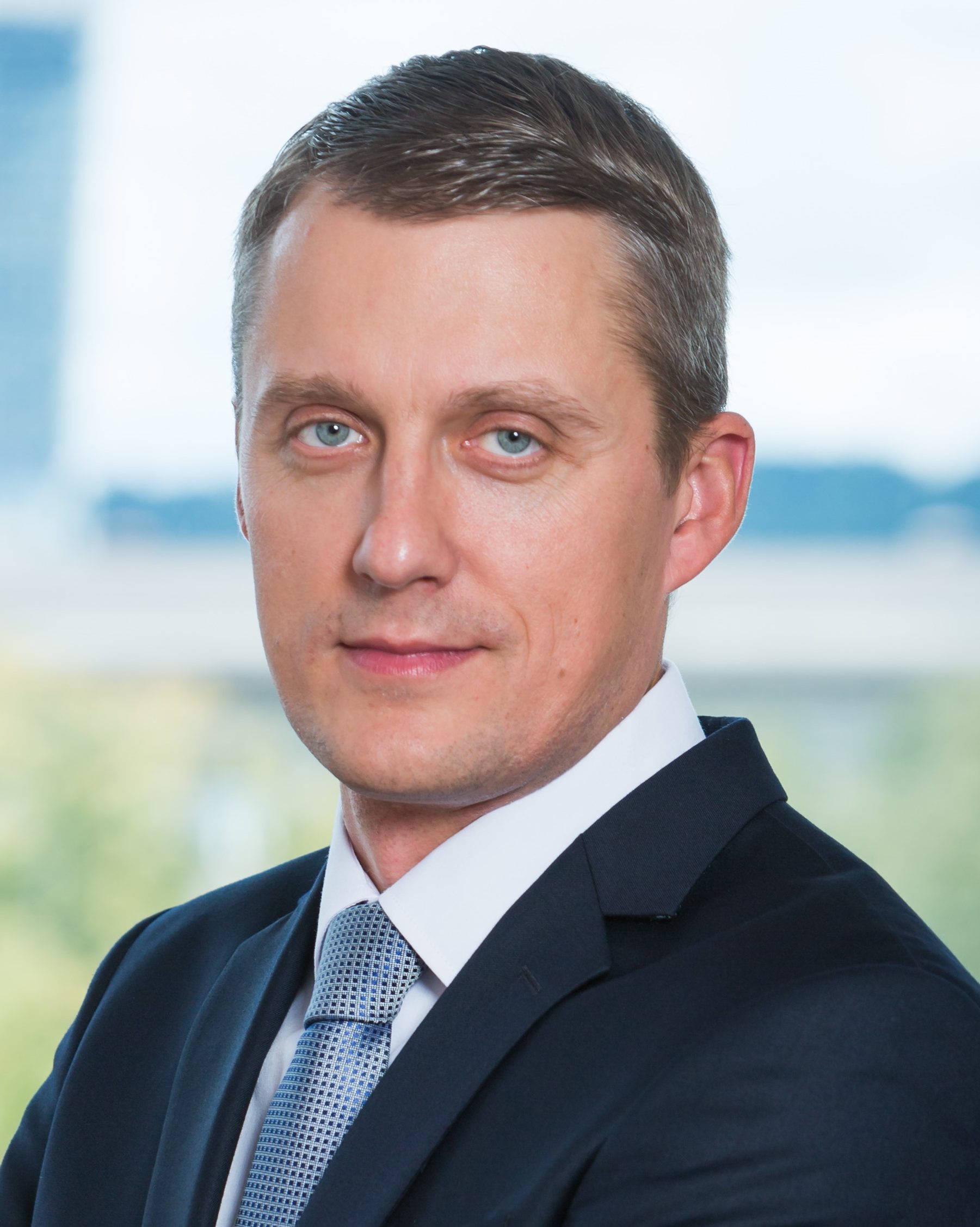
The Recovery and Resilience Facility makes €723.8 billion available to support measures undertaken by European Union (EU) Member States as a response to the coronavirus pandemic. To benefit from the support of the RRF, EU Member States must submit Recovery and Resilience plans (RRPs), with the reforms and investments to be implemented by the end of 2026. The European Solar Manufacturing Council (ESMC) has evaluated the endorsed plans with respect to PV manufacturing to identify and summarize the opportunities for European PV industry actors to receive support. The analysis is concluded in a review summary report .
In ESMCs RRP evaluation effort, a total of €477 million have been identified as direct support for PV manufacturing. They consist of both loans and grants to establish or strengthen the PV value chain in Italy, Romania, and Croatia.
Italy undoubtedly holds the largest direct RRP support for solar PV manufacturing, with €400 million dedicated to help reach the national target of 2 GW annual manufacturing capacity by December 2025.
In Romania €50 million are allocated to develop 200 MW of solar PV production capacity.
Croatia dedicated €26.5 million to the development of environmentally friendly production processes in mid-cap and large entities – this is clear potential this support to be directed to the PV manufacturing amongst other renewable technology efforts.
An additional €11 167 million are identified in indirect support measures for solar PV. Indirect support can either include direct support for PV deployment, or measures that could benefit the PV industry, for example by R&D&I investments or Important Projects of Common European Interest (IPCEI). Accordingly, the remaining 7 Member States are planning to invest in the PV manufacturing sector indirectly.
Austria plans to expand its PV generation capacities, improve coupling of PV and electrolysers, and integrate PV into industrial processes.
Denmark have dedicated efforts for the green share and ensure a long-term growth potential by investing in new green technologies as well as with incentives to boost R&D in companies.
In France, the renewable energy development is notably supported outside the RRP by the green bonds, but support for innovative businesses and R&D&I activities could potentially be directed to the strategic value chain of photovoltaics through the IPCEI or other potential mechanism.
In Germany the funding aims to support the use of hydrogen produced with energy from renewable sources and to increase the level of industrial innovation. Social and technological innovations are being emphasized and the projects should demonstrate how they can strengthen the German climate resilience.
Greece is highlighted as a Member State with extensive indirect support for PV manufacturing, including dedicated financing of manufacturing, infrastructure and clear actions on research and innovations, with the target to increase the penetration on international markets and to reduce the industry’s impact on the environment and climate change.
Portugal aims at increasing the competitiveness and economic resilience of the economy through R&D&I, diversification, and specialization of production industry. Renewable energy production and storage systems (solar energy) is included as investments in Business Reception Areas.
In Spain, special attention is given for harnessing and strengthening Spain’s position on both domestic and export markets and to consolidation the industrial value chain in the field of renewables and support for development and innovation in renewable generation technologies.
ESMC draws these key conclusions after evaluating the Member States RRPs:
- The Member States support for the PV industry varies extensively – Italy, Romania and Croatia are the leaders, showing dedicated support for PV manufacturing, while 16 EU Member States are not considering any meaningful support, neither for the PV Industry nor for PV deployment.
- €11 167 million of potential of indirect support in 10 Member States should be further investigated, as they constitute potential investments to support PV manufacturing via R&D&I, IPCEI or small and medium enterprises support instruments. As the Member States are just starting to frame the more detailed support instruments for the RRPs, now is the right moment for the European PV industry to check the potential financing options in the 10 concerned Member States included in this review.
- There are two important factors, that will be critical for the European PV manufacturing industry to benefit from the financing of RRPs. Firstly, effective, and dedicated investments of already foreseen support for the PV manufacturing industry during 2022 and 2023 (as 70% of the grants shall be committed by the end of 2022 and remaining 30% shall be fully committed by the end of 2023). Secondly, additional financial support should be planned in line with the best financing examples including, but not limiting to, the review of the RRPs – foreseen to be completed by the European Commission by the end of July 2022.
- The financial support already envisaged in RRPs is only a small part of the potential systemic and integrated European support for the PV manufacturing industry in Europe. Other instruments (solar PV strategic positioning, appropriate legislative framework, IPCEI) are equally important and should be addressed without any delay, to send the right signals and assurance for the PV manufacturing industry to meet the European PV demand from the local PV production.
The RRF could have been a well-timed and impactful system to accelerate the re-establishment of the European PV manufacturing industry. While it is clarified that the investments in the plans aren’t necessarily the Member States’ only efforts to support the green transition, ESMC considers the lack of the Member States commitment to PV industry in most RRPs as a missed opportunity. Especially since the last years have shown how the prevailing pandemic, from which the RRF is aimed to help Member States recover, has contributed to disruptions in the supply chain of solar PV.
Read the entire review summary report here.
Picture: © imec

Johan Lindahl
ESMC Industry Advisor
For more information:
lindahl@esmc.solar

Žygimantas Vaičiūnas
ESMC Policy Director
For more information:
vaiciunas@esmc.solar